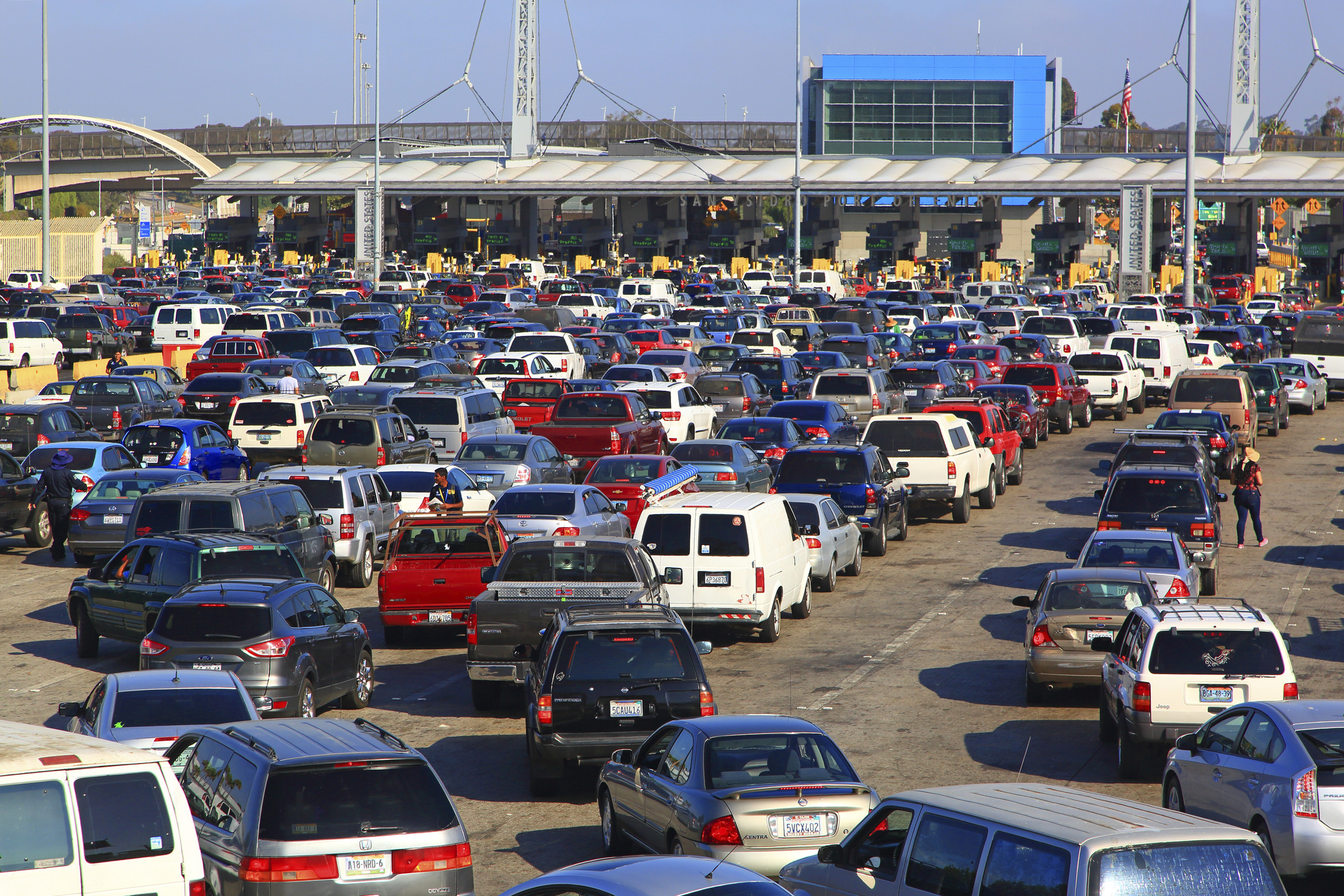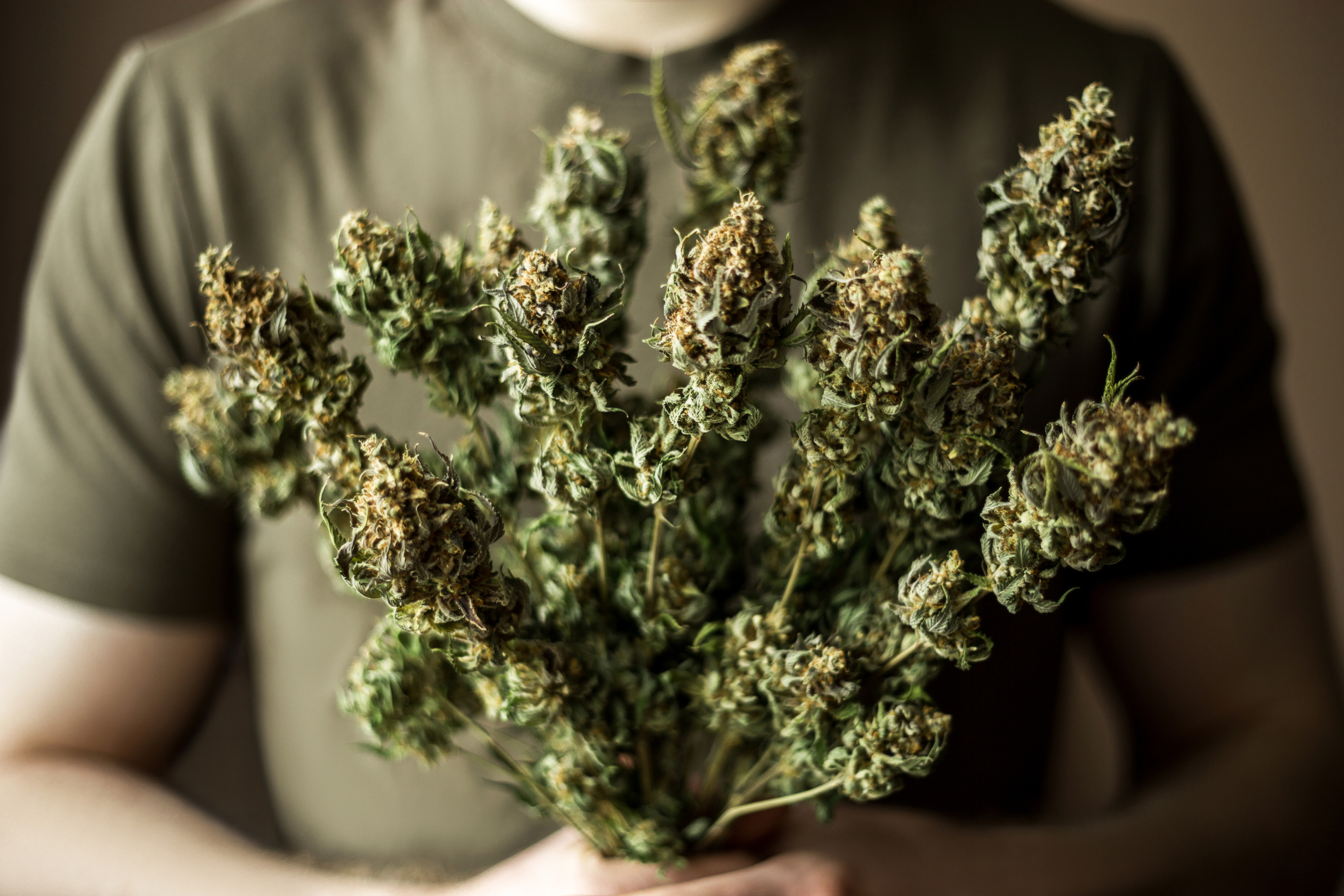A report from the Southern border.
Corruption at the Border Is Fueling America’s Drug Crisis

We must root out dishonest Border Patrol Agents.
The American Mind’s own Peachy Keenan recently took to Twitter to ask: “is the only reason why the US Gov refuses to seal the border, stop drug traffic, and get street addicts into rehab is that they are on the take from the cartels? It’s our biggest foreign import, no way they aren’t getting a taste.” The question got me thinking.
As Bloomberg recently reported, due to the rise of fentanyl, the U.S. has entered its “most dangerous phase yet” in the country’s decades-long opioid epidemic. According to the report, Covid-19 played a key role in paving the way for the dangerous drug’s ascent. Bored and isolated by the pandemic, millions of Americans turned to the drug for comfort; hundreds of thousands overdosed and died.
However, the fentanyl issue was a major problem long before Covid-19 brought the world to a screeching halt. The illegal drug trade in the United States has created a vast black market industry worth as much as $750 billion a year, a large percentage of which comes across our borders. Peachy Keenan’s point about illegal drugs being the country’s biggest foreign import appears, while hard to believe, to be accurate. How did it get to a point where the U.S. now imports more illegal drugs than cars, computers, and crude petroleum combined?
When it comes to transporting drugs into the U.S., a recent report by the Cato Institute notes that criminal organizations routinely exploit major highway routes. The criminals’ most favored method involves smuggling illicit drugs like fentanyl through various U.S. ports of entry. As the Cato report was quick to point out, “drugs coming at a port of entry are about 97 percent less likely to be interdicted than a person coming between ports of entry.” The 1,969-mile U.S.-Mexico border has 25 land ports of entry, and it is estimated that 60 percent of all fentanyl seized in the United States is found at border crossings.
But what about the drugs that don’t get found? How do they make it through those well-manned checkpoints and flood the country’s interior? Corruption among Border Patrol Agents increasingly looks to be the culprit.
In December, Ramon Antonio Monreal-Rodriguez, a former Border Patrol Agent, was sentenced to more than 12 years in federal prison for helping to smuggle drugs into Arizona. To compensate for the time he spent engaging in criminal activity while working for the agency, the former agent was ordered to pay $151,000 to the Border Patrol.
Although the case of Monreal-Rodriguez might sound like an anomaly, it’s anything but. Instances of bribery and corruption at the border have been occurring for years.
David Jancsics, a researcher at San Diego State University whose work focuses on corruption at our porous border, has shown that border law enforcement officers are considerably more prone to corrupt practices than employees in other law enforcement agencies. Jancsics told me that he has identified a few key differences between corrupt customs officers and corrupt border patrol agents. When engaging in drug-related corruption, customs officers tend to play a major role in facilitating a smooth border-crossing process for smugglers. (In immigration-related cases, he notes that corrupt customs officers make it appear that illegal immigrants entered the country legally by manipulating electronic government systems.)
Border Patrol Agents, on the other hand, allow smugglers through traffic checkpoints at or near the border. Moreover, they are also more likely to sell smugglers their knowledge about the ways in which the U.S. border protection system operates. For example, Jancsics noted that some agents routinely advise criminals on the routes they should take and the routes they should steer clear of in order to avoid being caught by CBP officials.
For those who say it’s just a few bad apples working at the border, research carried out by Simón Izcara Palacios, an expert in examining corruption and illegal cross-border activities, paints a different picture. In an extensive study, Palacios and his colleagues concluded that corruption on the U.S. side of the border appears to be “systematic” and not just “a matter of a few bad apples.”
Why would agents be susceptible to these illegal practices? The short answer: money and sex, which drug cartels have been using to bribe border agents for years.
To answer Peachy Keenan’s question above, while corruption isn’t the only reason the U.S. refuses to secure the border, the evidence indicates it’s a major area that must be dealt with if we want any shot at preserving our nation for future generations.
The American Mind presents a range of perspectives. Views are writers’ own and do not necessarily represent those of The Claremont Institute.
The American Mind is a publication of the Claremont Institute, a non-profit 501(c)(3) organization, dedicated to restoring the principles of the American Founding to their rightful, preeminent authority in our national life. Interested in supporting our work? Gifts to the Claremont Institute are tax-deductible.
Biden’s pardon of federal pot possession cases is a smokescreen.
American society is now mainstreaming addiction as a positive good.
Desperation and depression mark American masculinity.
Psychedelic-assisted treatment for mental illness is no panacea.
Silicon Valley’s disastrous dance with psychedelic drugs.






